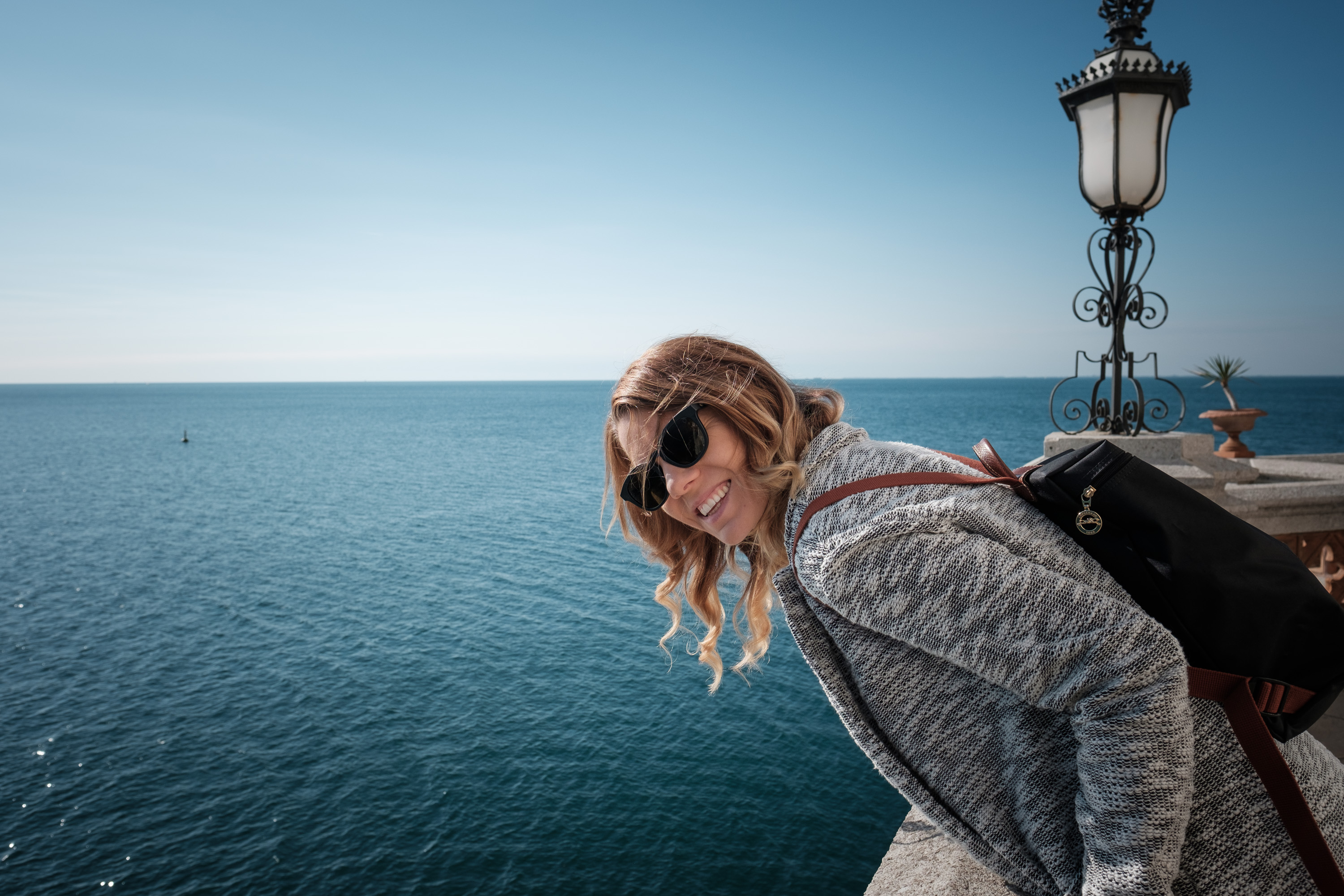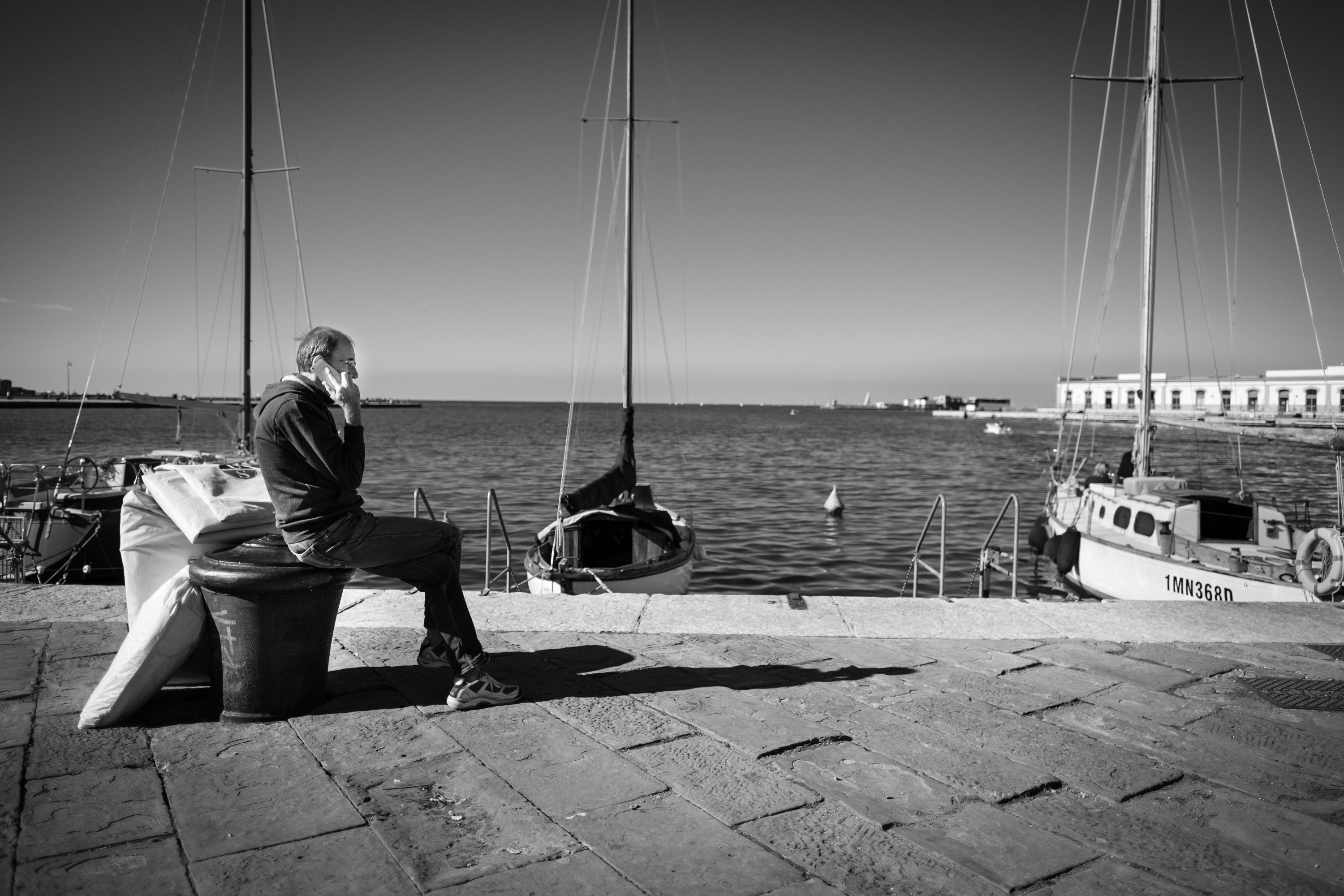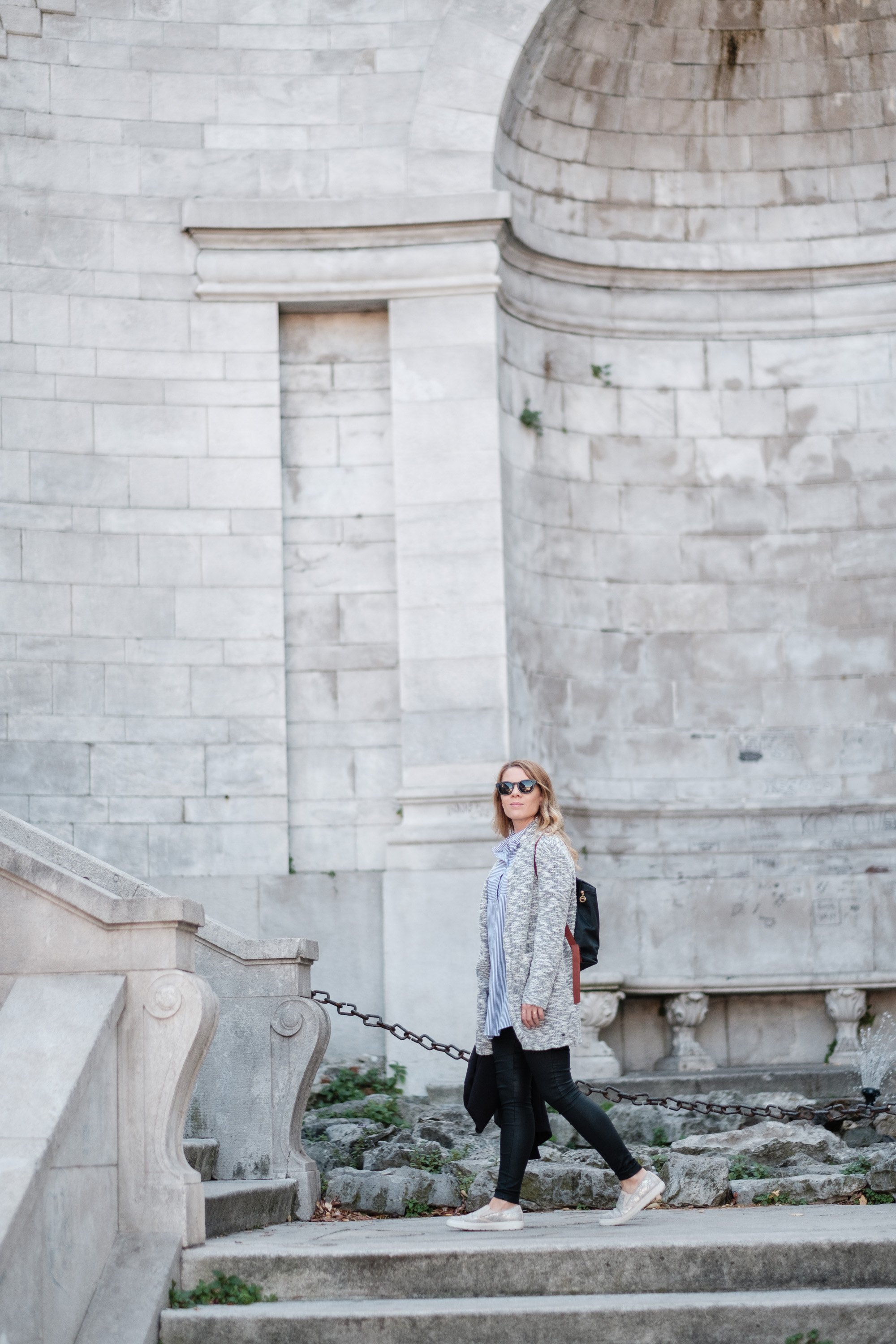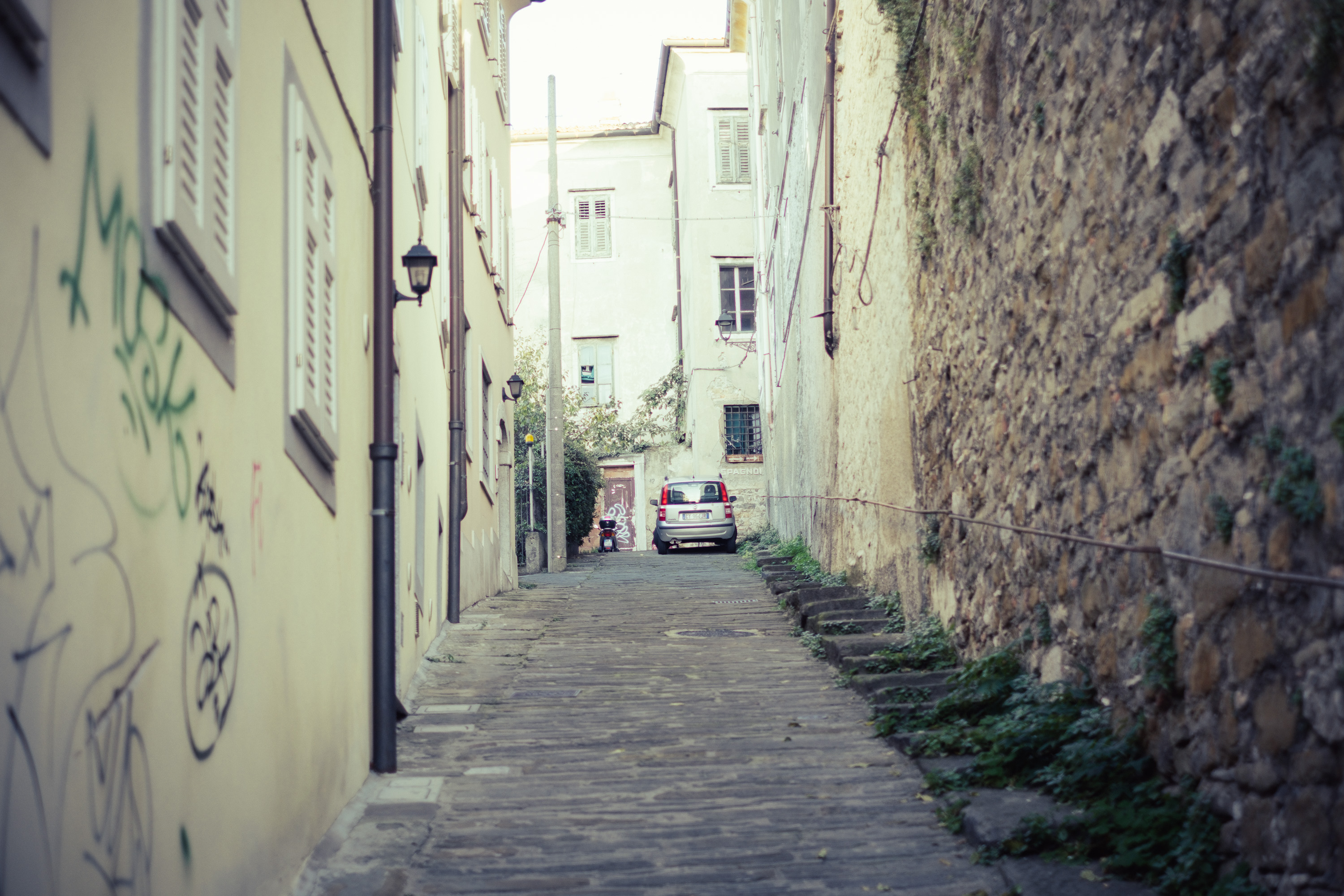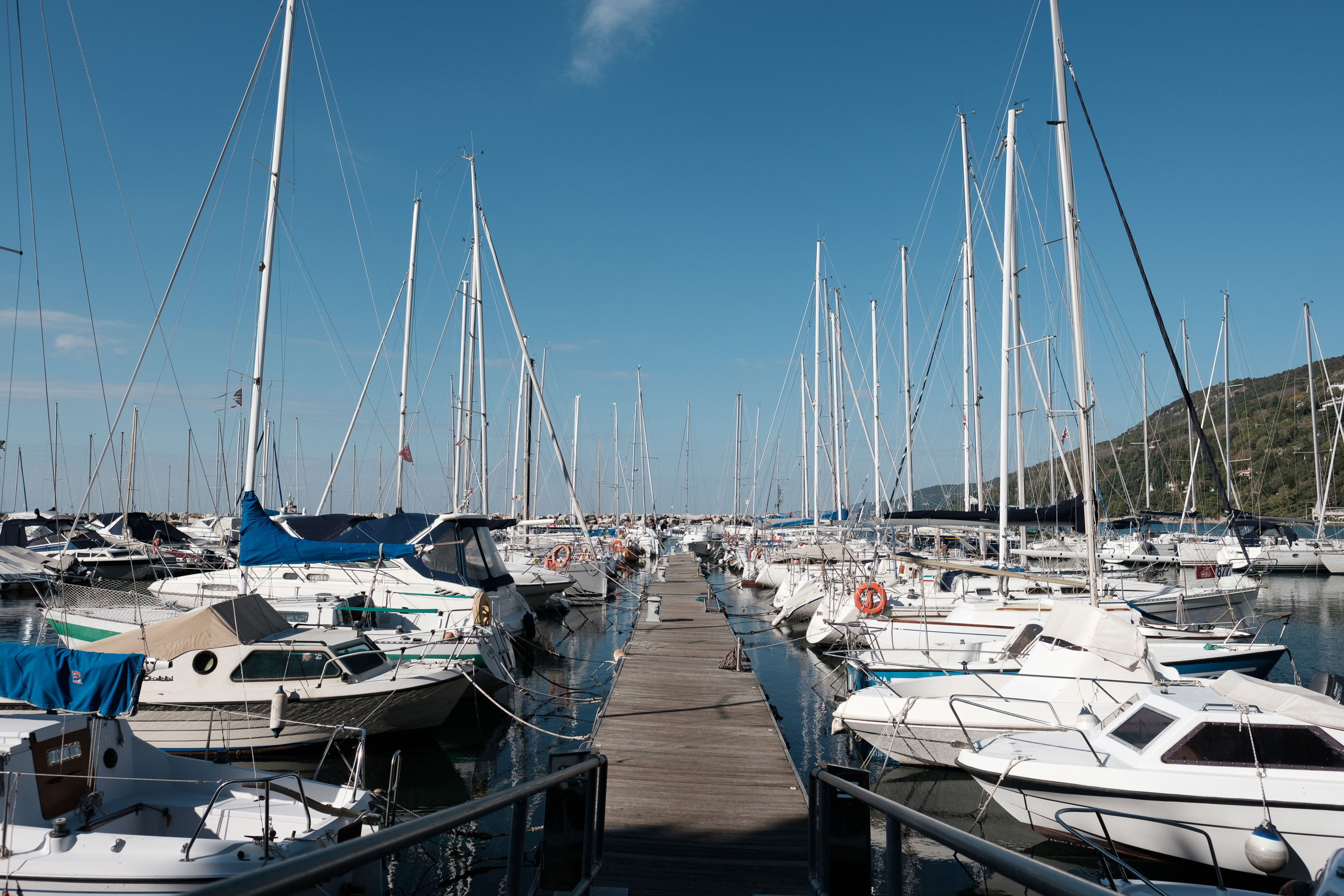My transition phase from full frame to Fuji X ended last week in the beautiful town of Trieste. There I have spent an extended weekend together with my wife – a great opportunity to give the Fujifilm XF16mm 1.4 R WR lens a try. It’s been a long journey that brought me to the point of buying this lens and I think that my experiences might give a clue to other Fuji photographers or anyone considering to adapt the Fuji X System. As of now, I have found the perfect prime lens kit.
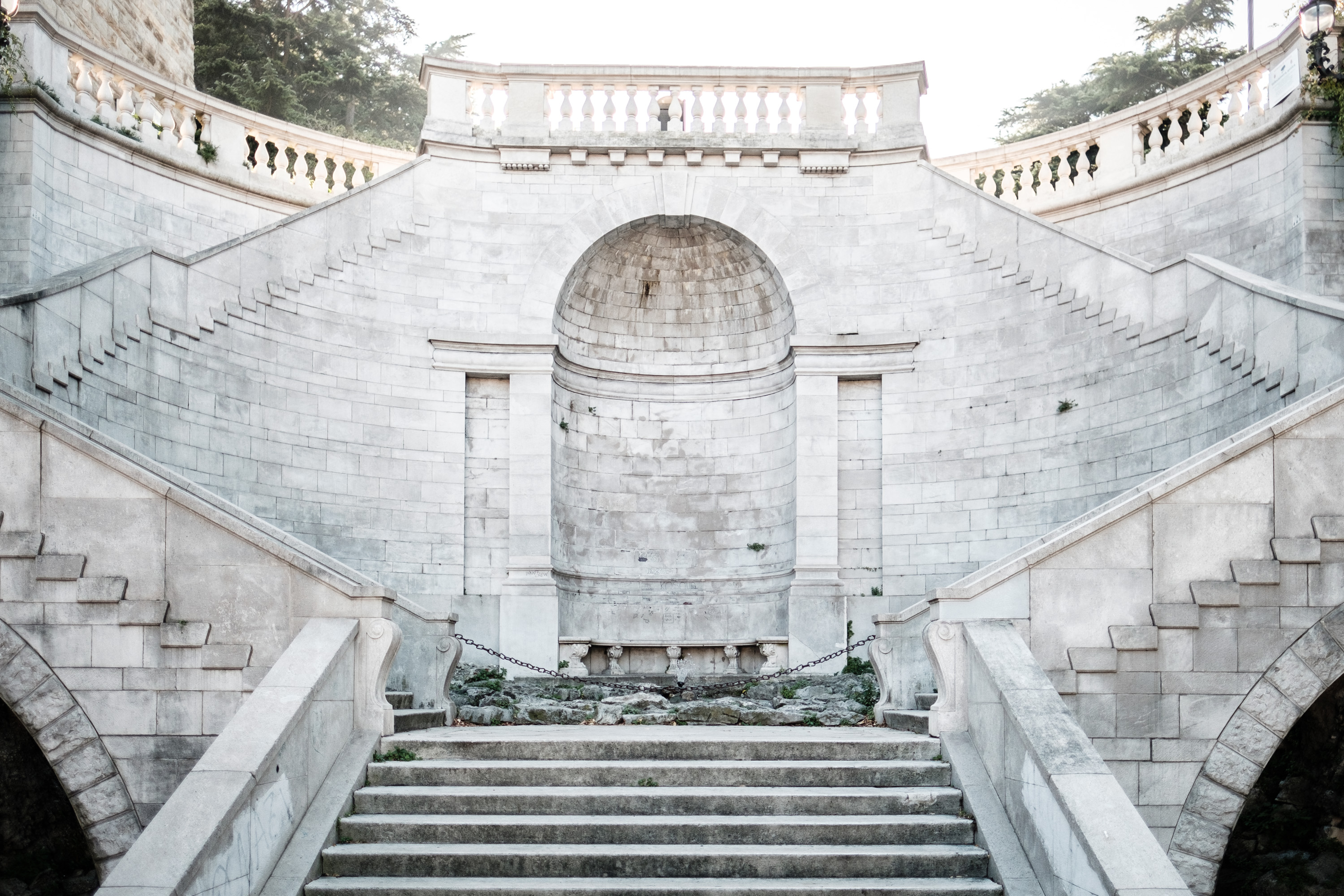
I started to go mirrorless with a (used) X-T1, a kit 18-55mm 2.8-4.0, the 35mm 1.4 and the 56mm 1.2 lenses. The camera was good, although it lacked the snappy AF and shutter responsiveness (blackout time) of my previous Nikon DSLRs. I could cover my favorite focal length for portraiture with the 56mm – a perfect equivalent for my 85mm full frame glass. And although the 50mm never was my favorite focal length on FF, the Fuji 35mm 1.4 is simply a must have. An awesome lens. The 18-55 served as a walk-around lens and I used it mainly at its widest (18mm) or longest (55mm) end. Don’t get me wrong, the 18-55 is a great lens – especially if you consider what you get for your money and it being “just” the kit lens. But it always left me with the feeling of not being on par with all the other lenses and although is a good lens, there is no certain character or feel to it. However, until now I needed it as a flexible, do-everything, walk-around lens.
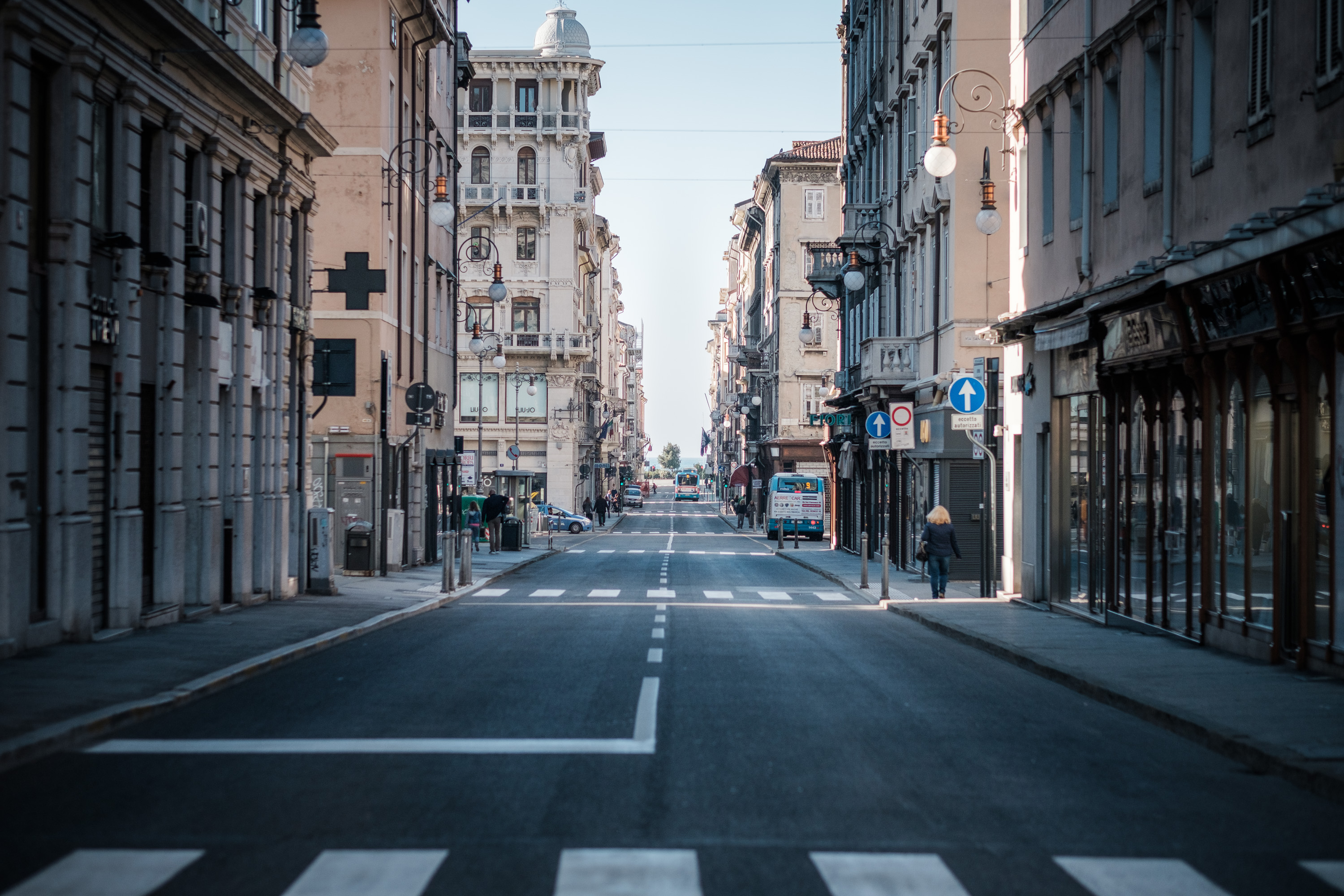
After a while I added a Samgyang / Rokinon 12mm 2.0 to my kit. A nice little lens, good value for money, sharp, easy to use and fast. But I found it to add a considerable color cast – which may just have been a problem with my copy, though. It also only produces really sharp images when stopped down one or preferably two stops. At its widest aperture it just did not deliver sufficiently, which is something I really got used to using Fuji glass. Furthermore, 12mm (18mm FF-equiv.) is already a really extreme wide angle which produces a quite unique look. That might be fine for certain shots, but in my opinion it is not a useful focal length for a walk-around lens. So, it always felt like a compromised specialty lens.
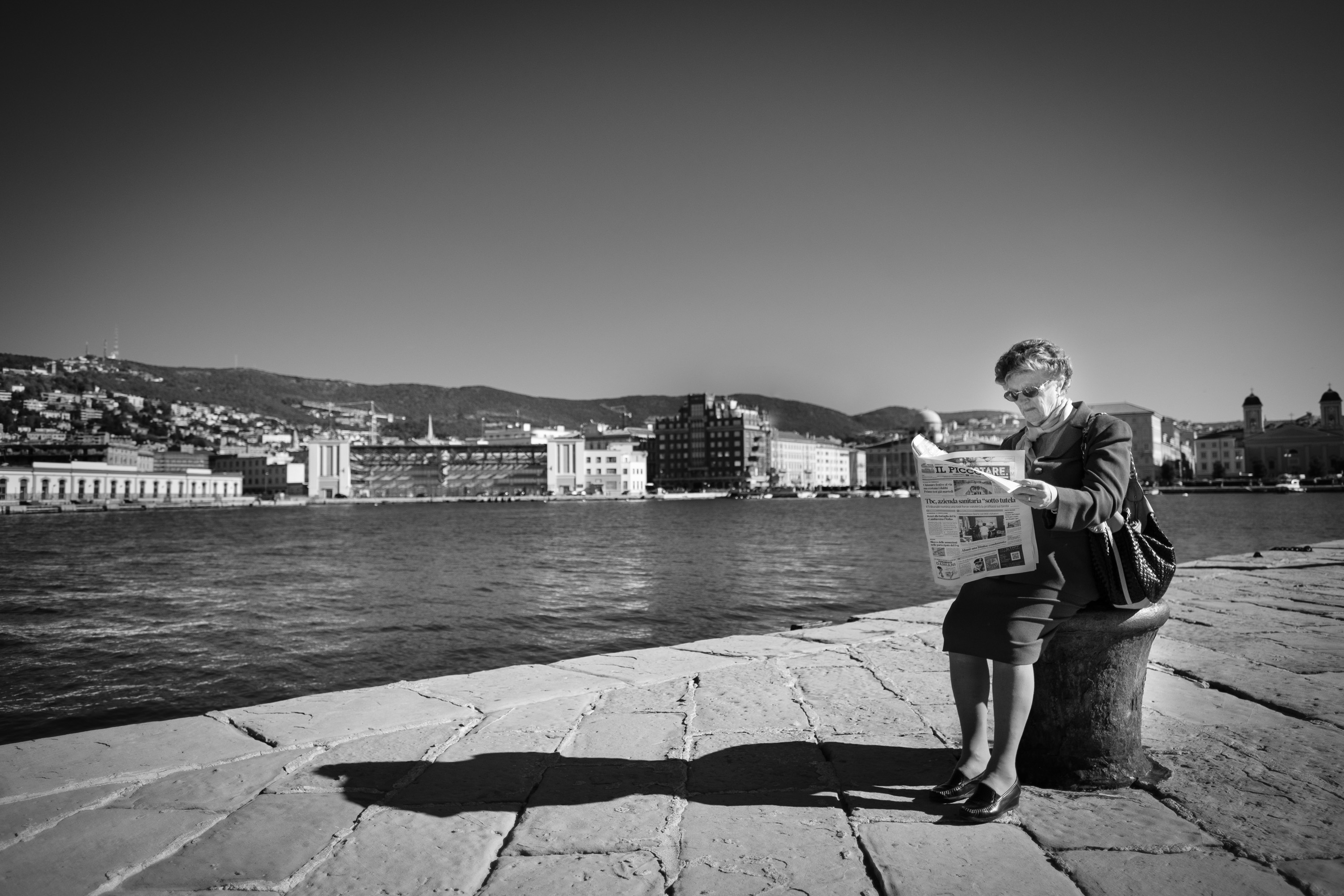
Hence, I bought the Fujifilm 10-24mm 4.0. This lens lets you go extremely wide, but you can quickly zoom to a nice 24mm (36mm FF-equiv.) as well. That looked to me like a perfect walk-around do-a-lot lens in addition to my 35mm and 56mm. However, the downsides are more weight, size and a considerably slower lens. Although the sharpness and micro-contrast of this lens are good, they aren’t on prime levels. What is more, it being a rather slow f4 lens, the 10-24 really is not that good in creating background separation, even at 24mm. It felt like a compromise.
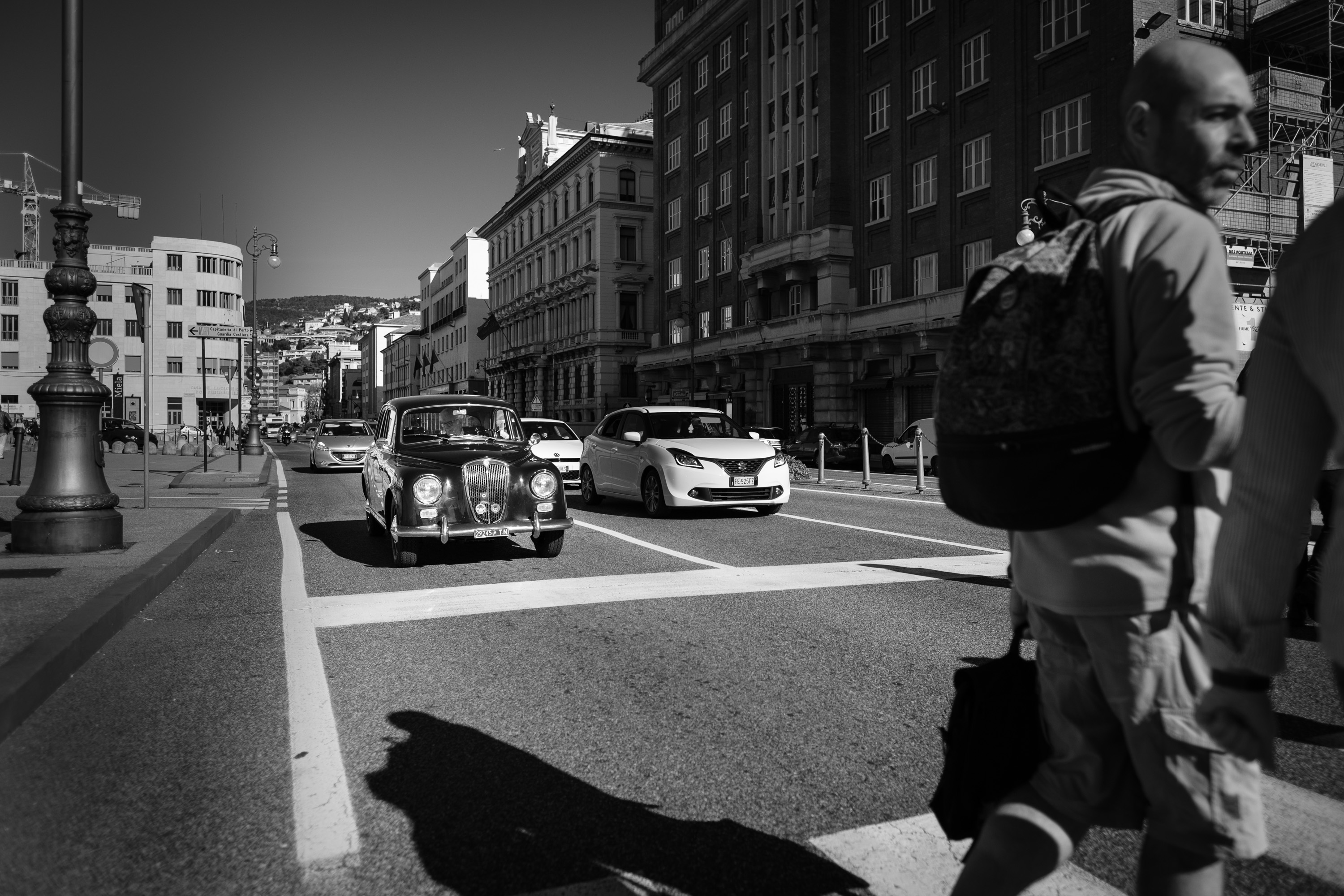
In the course of using the 10-24 I have also learned how hard it is to work with extreme wide angles. Getting the composition right with such focal lengths and using the perspective in a purposeful way is quite challenging and I still have a lot to learn in that regard. I am also not the biggest wide-angle nut there is. Wide can be nice at times, but it is just not my favorite range of focal lengths.
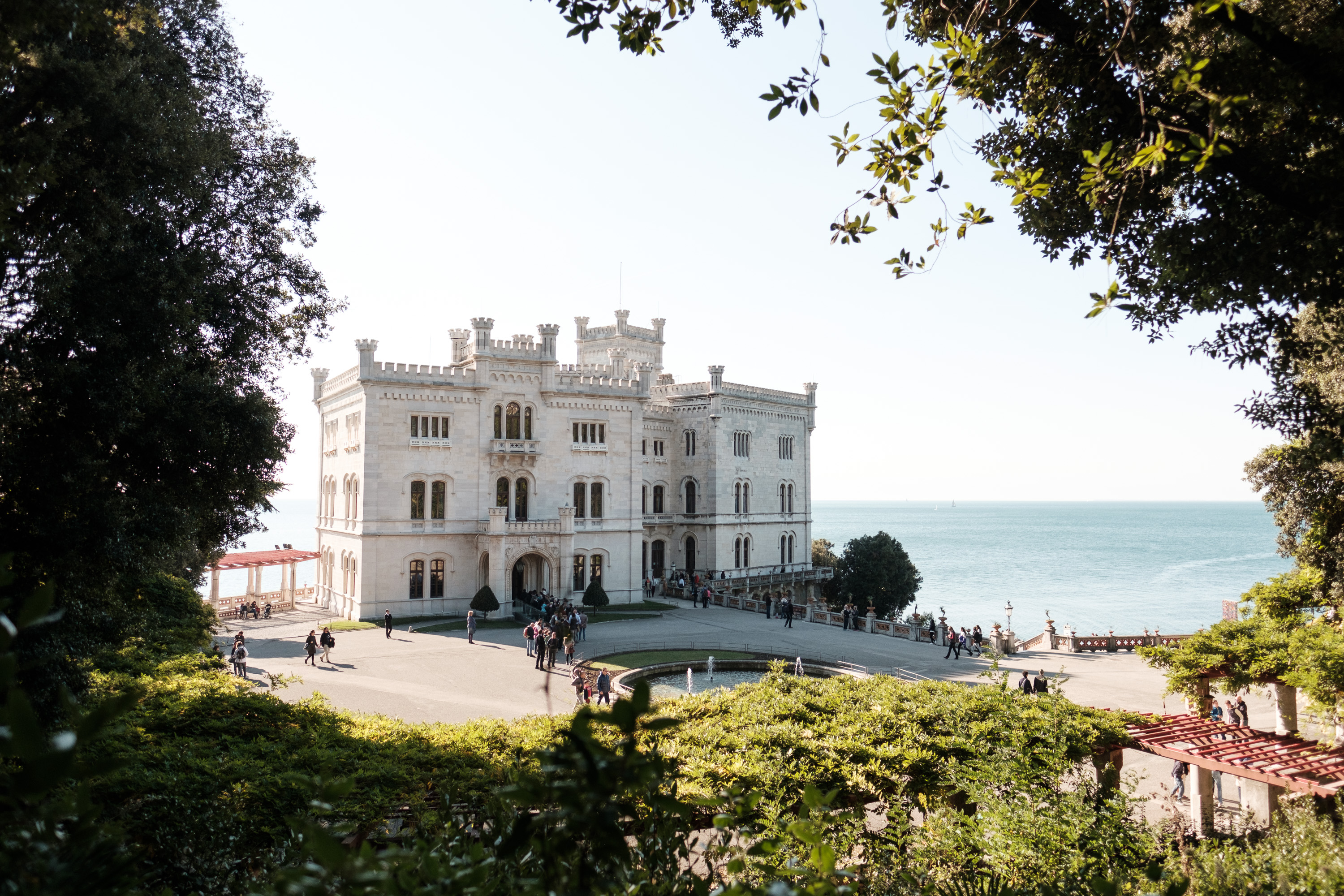
So, I still was looking for a good walk-around lens and something that could cover reasonable wide angles. Something that would be flexible, fast, wide, but not too wide and offer some background separation for my objects if needed. Enter the Fujifilm 16mm 1.4! It’s the most expensive lens I’ve ever bought for Fujifilm, but so absolutely worth it! It delivers what I wanted: Perfect image quality in terms of sharpness and micro contrast even wide open. A wide but not too extreme field of view. It can separate objects from the background and by doing so also renders great bokeh.

I did shoot almost entirely with the 16mm 1.4 on my trip to Trieste and can confidently say that as of now, the 18-55 will stay at home. I am keeping it for video as it has image stabilization, though. The 16mm 1.4, 35mm 1.4 and the 56mm 1.2 lenses are a phenomenal little kit for travel, covering almost every focal length I and most other casual photographers need. Although that lens kit has a considerable price tag attached to it, I highly recommend the 16mm 1.4 and this kit to everyone who wants to ditch her or his full frame DSLR. Together with a X-T2 – of course.
Related Posts
An open letter to Fujifilm (updated)
July 12, 2016
Boy, the Fujifilm X-T2 delivers!
September 9, 2016

